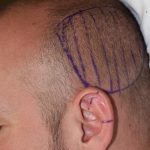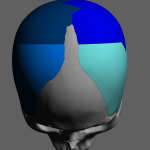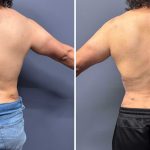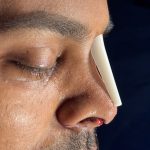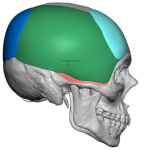Plastic Surgery Case Study – Custom Testicle Implant Replacements For A Smaller Size
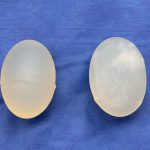
Background: For testicular enhancements to be effective by a side by side technique using a custom implant its size must be a certain percent bigger than the natural testicles. As a general rule that percent increase is in the 2/3s to 75% larger. For example if the natural testicles are 3.5cm then an implant size Read More…



